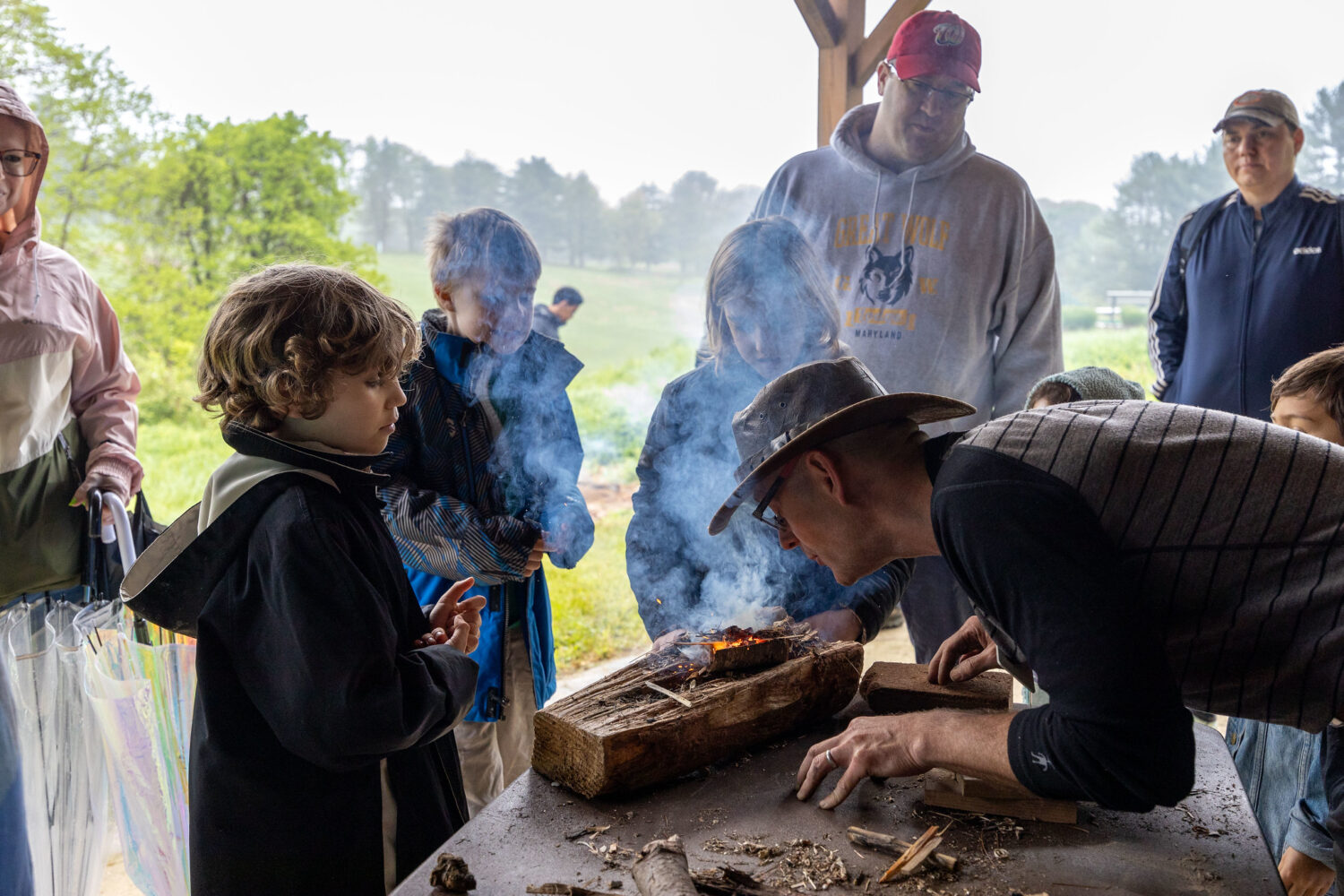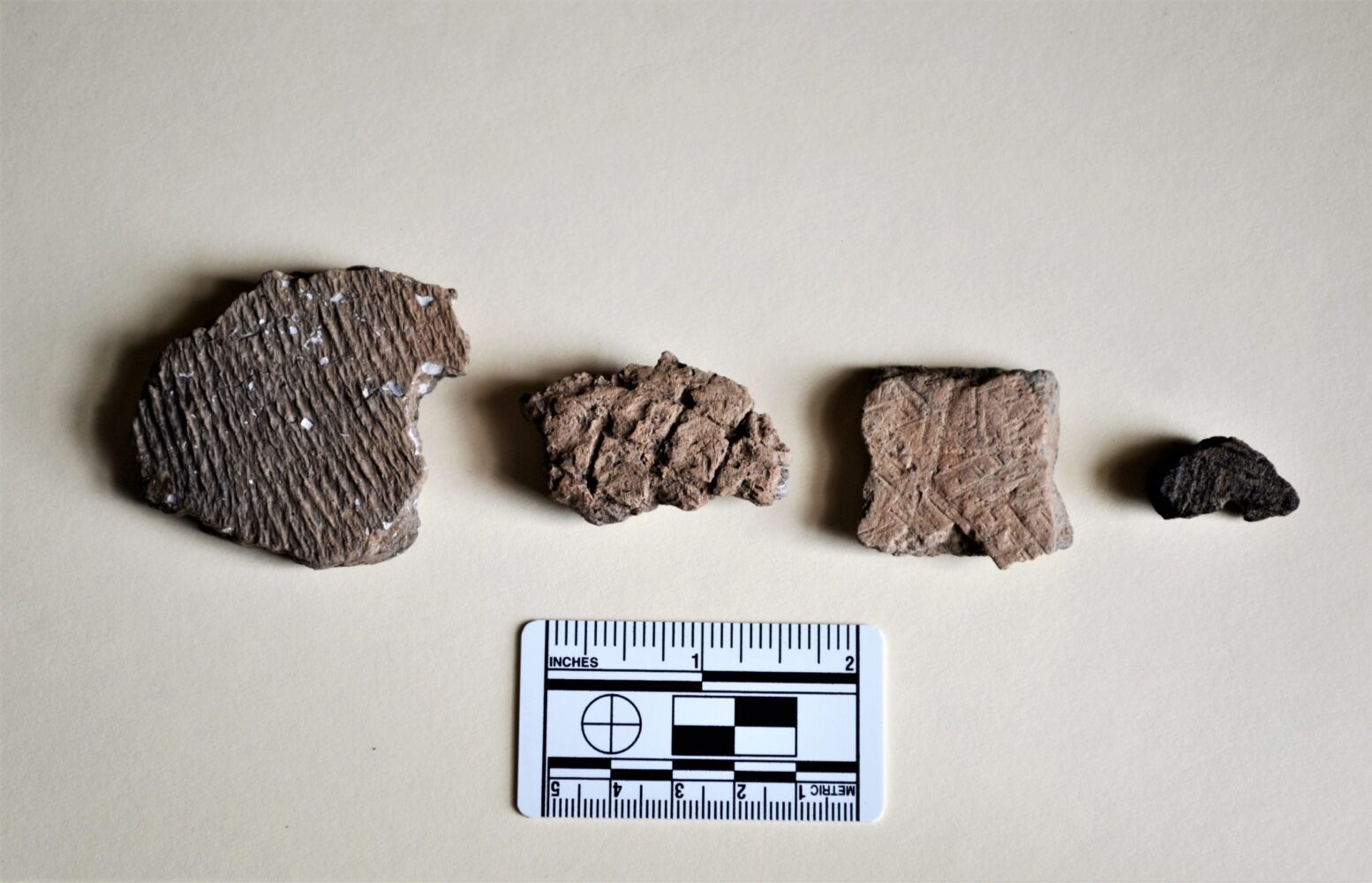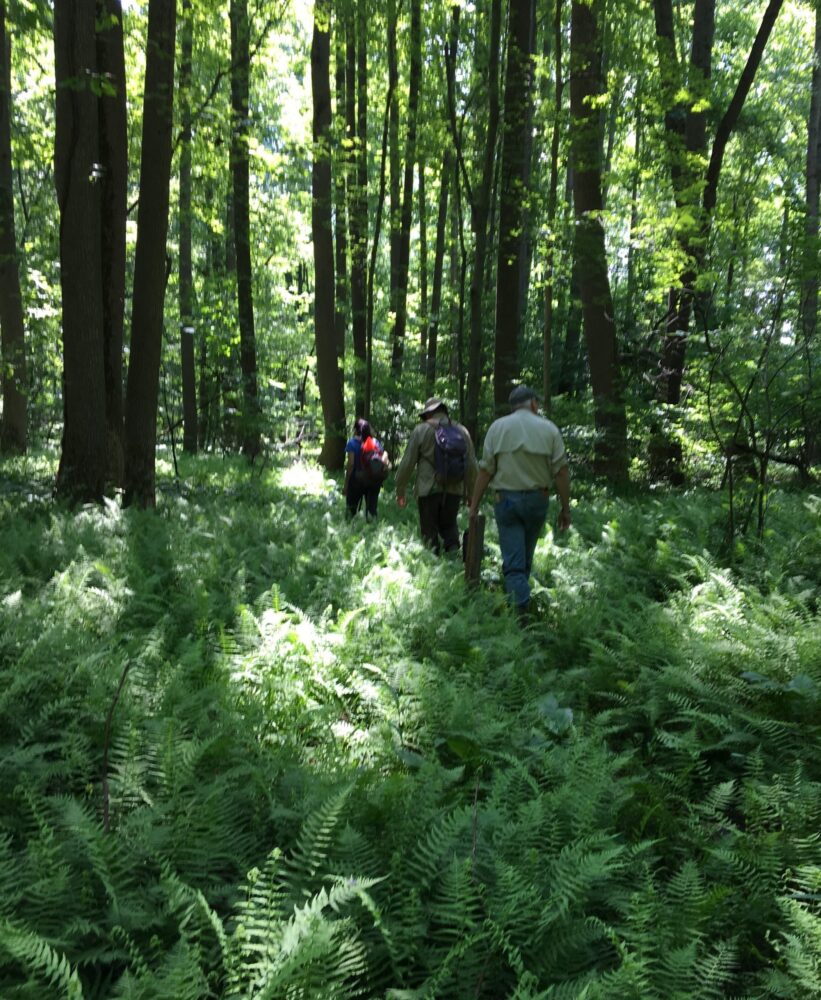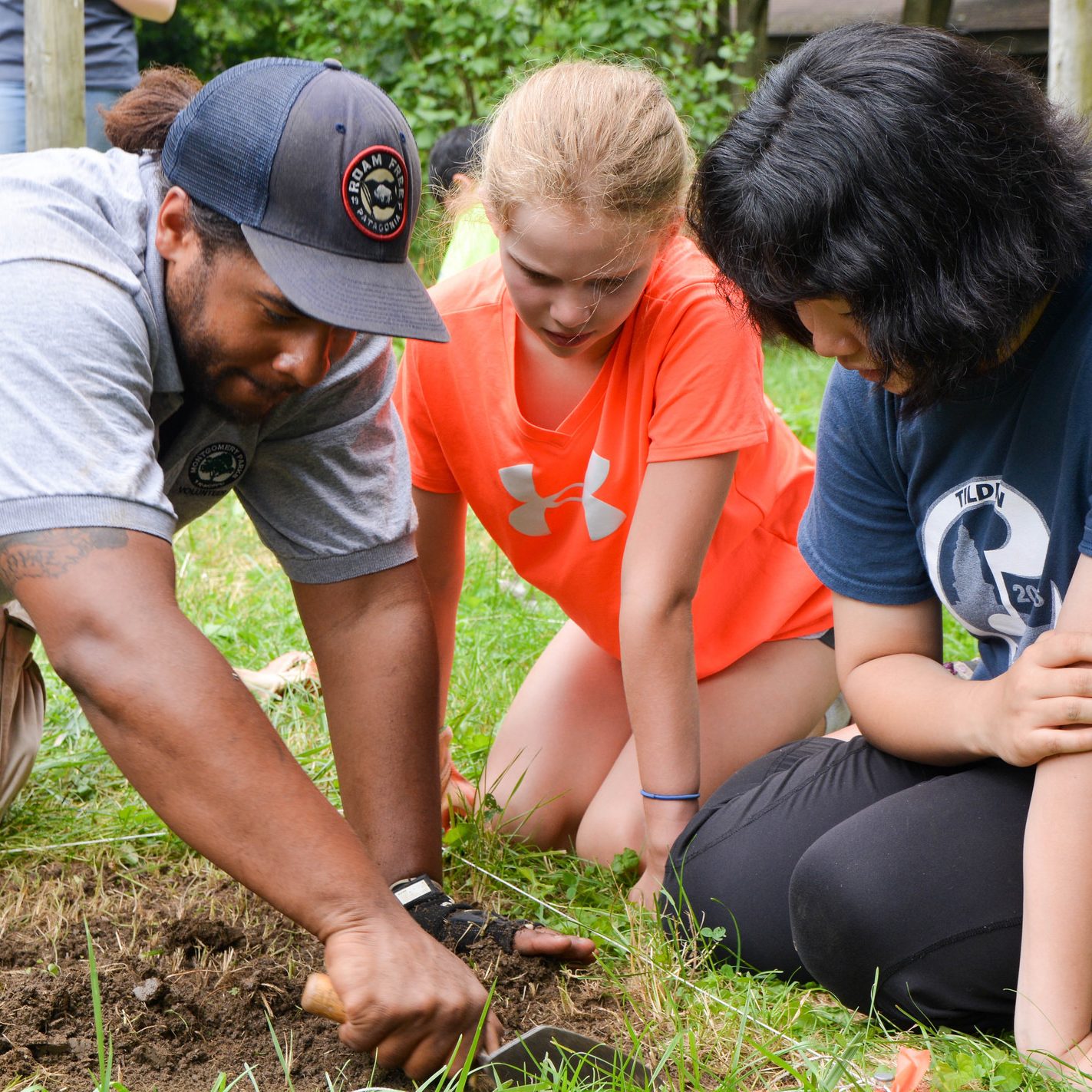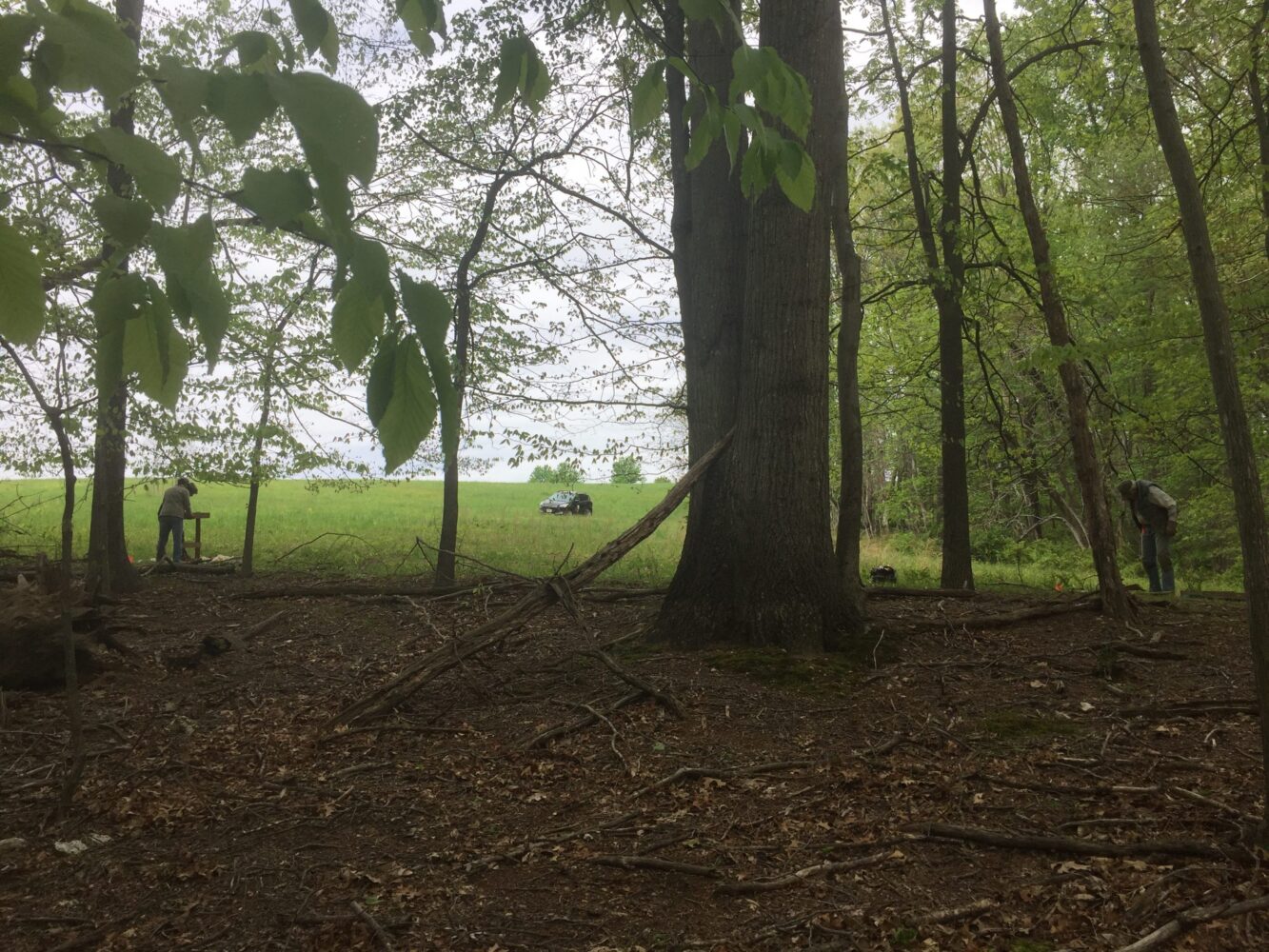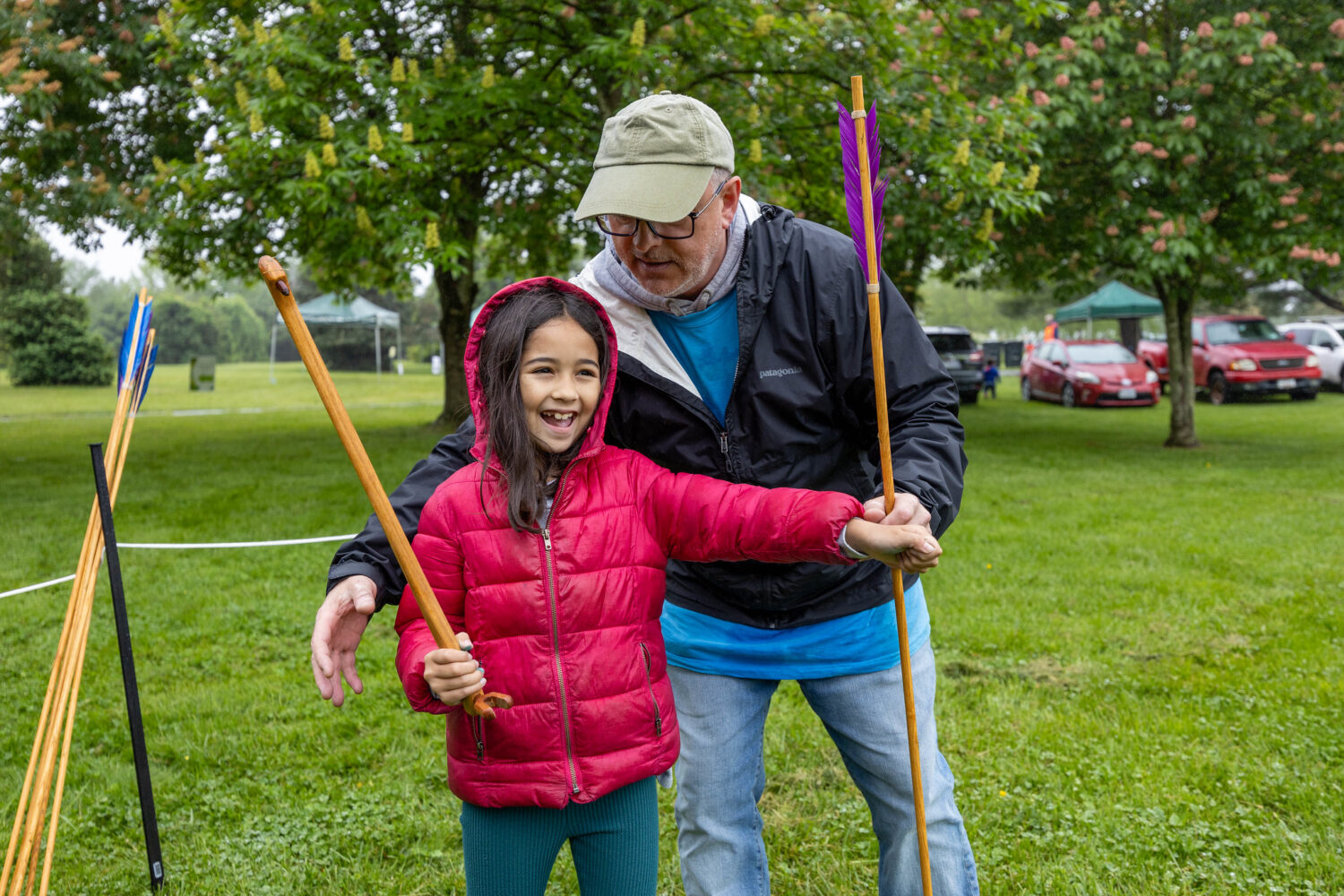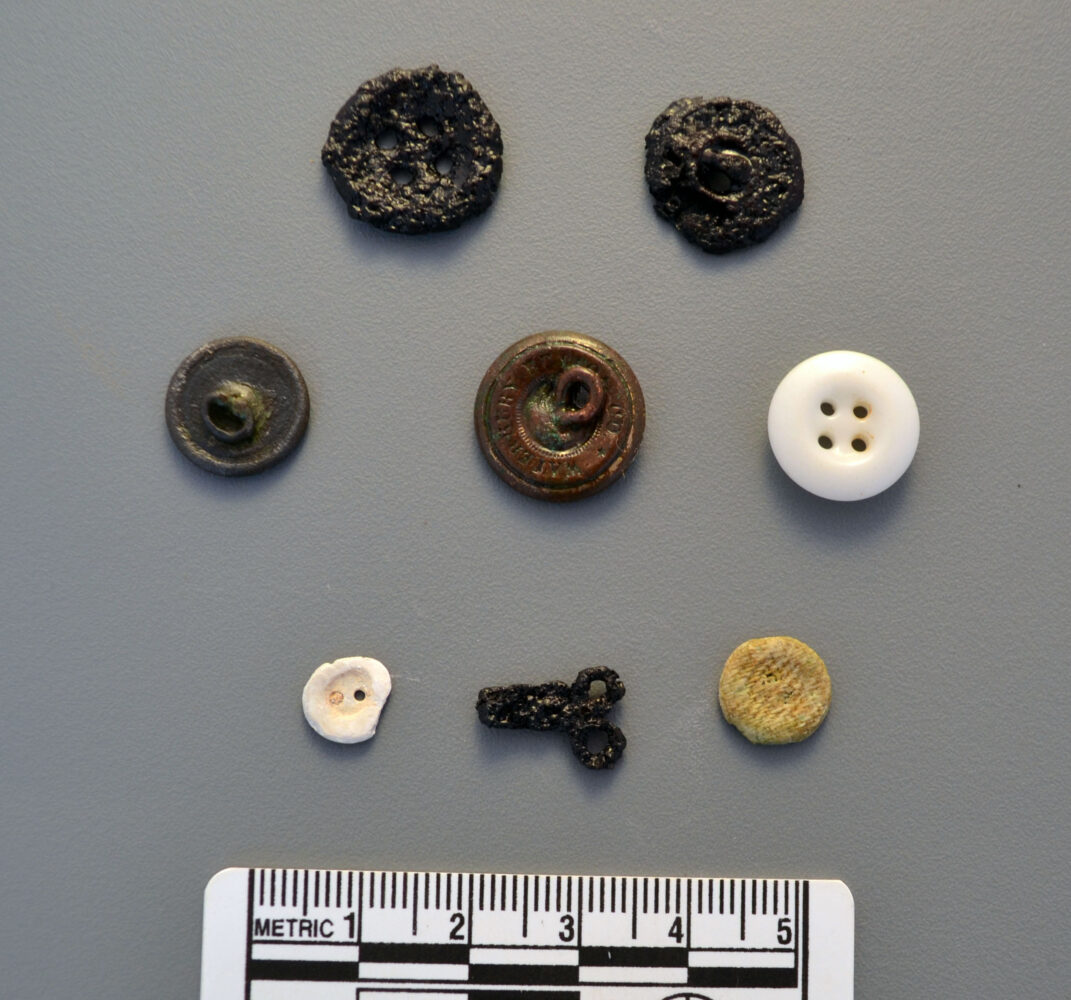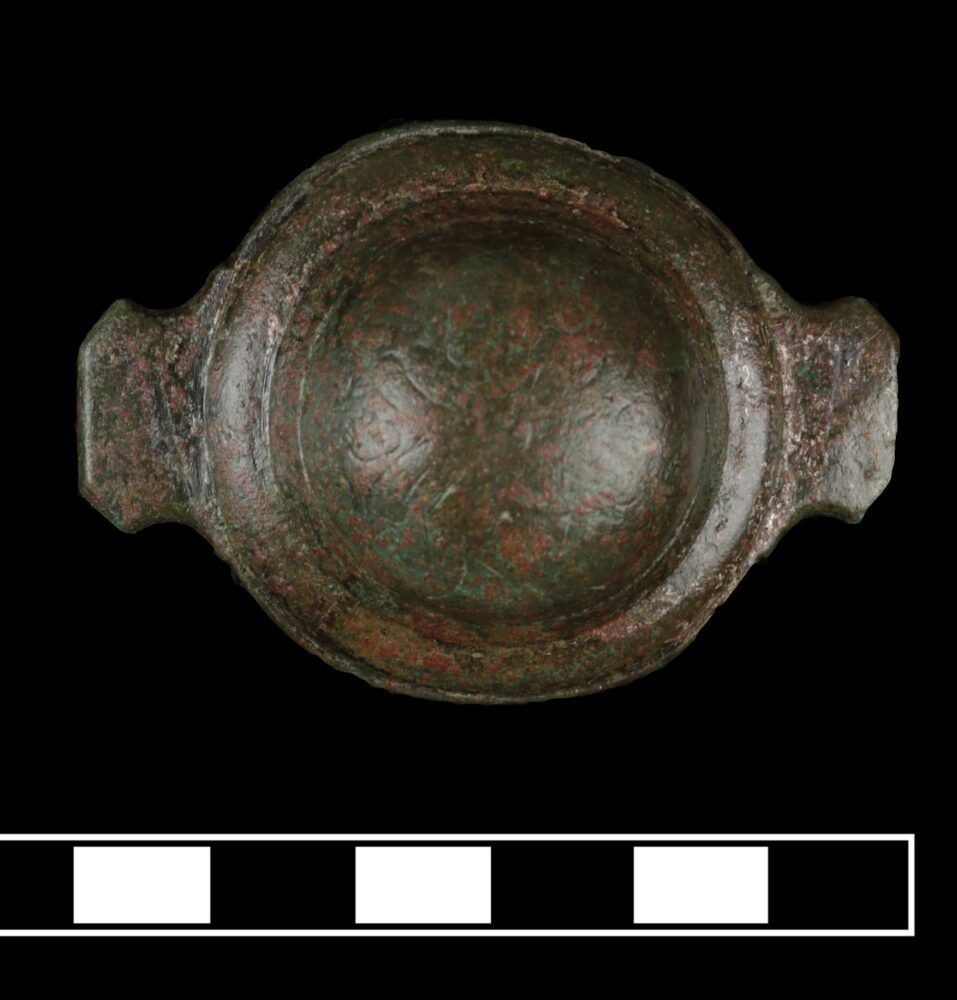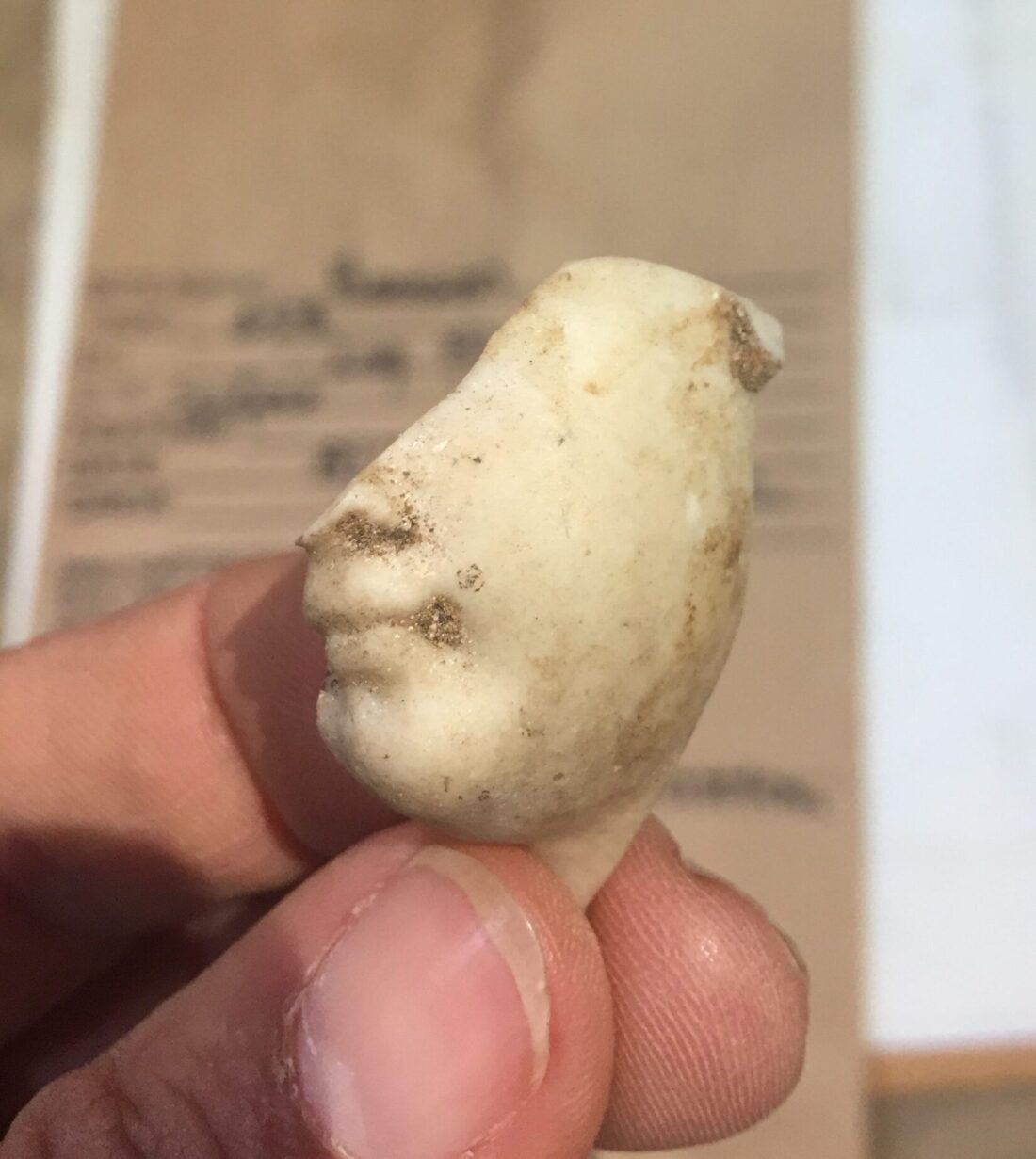Montgomery Parks’ Archaeology Program identifies, manages, and interprets archaeological sites on parkland and considers the effects of land-use decisions on cultural resources. Research and excavations contribute to interpretation, public education programs, restorations, and park development plans.
The program provides for the stewardship of non-renewable archaeological resources and an opportunity for public participation in discovering our past right in your backyard. Learn more below.
Current Projects
Josiah Henson Museum & Park
Located just south of Rockville, the Josiah Henson Museum and Park contains the core of the 19th century Riley plantation that once covered hundreds of acres. This is the site where the Reverend Josiah Henson – a Freedom Seeker, minister, abolitionist, husband, and mid 19th century celebrity – was enslaved between c. 1800-1825, along with more than 20 others. Montgomery Parks now owns the former Riley residence, known as the Riley-Bolten House, and just over 3 of the surrounding acres.
Archaeological investigations have taken place on the site since 2009 as part of the stewardship of the property and later, development of the Museum. The excavations have focused on uncovering any material culture remains of the enslaved population that lived and worked on this property. Fieldwork has revealed that parts of the Riley plantation survive intact, covered by the green lawns of modern residential lots, including foundations of former structures and many thousand 19th century artifacts. The site has been continuously occupied for almost 200 hundred years, and the features and artifacts reflect the property’s transition from plantation to tenant farm, to suburban development, and now, to public Museum.
To date, excavations have identified the location of at least two previously unknown structures, a late 18th-early 19th century kitchen midden, a cobble path, fence lines, and an early 20th century roadbed related to the earlier farm road. The kitchen midden feature provided an excellent environment for artifact preservation and contained a large number of artifacts related to the earliest occupants of the site. We are currently progressing with the analysis of all the recovered material and the preparation of a technical report.
Ednor Soapstone Quarry Special Park
Acquired in 2023, this new park encompasses an Indigenous soapstone quarry and borders the Ednor Branch stream valley. Soapstone (also known as steatite) is a naturally occurring rock that is easily carved and retains heat well, making it a highly desirable resource for people living several thousand years ago. Only present in limited areas, quarries like this one were centers of trade and manufacture for the entire region. Future plans for the park include archaeological research and the development of an interpretive center focused on Indigenous history.
Royce Hanson Conservation Park at Broad Run
Covering over 400 acres, this park contains a wide variety of natural and cultural resources. Archaeological and historical research and survey across the large property have begun to inventory the Indigenous and 19th century archaeological sites and develop public interpretation for visitors. Part of the survey is being done in collaboration with archaeological staff from the Maryland Historical Trust, using non-invasive remote sensing techniques to identify buried features.
Digital Heritage Projects
As part of the public interpretation of African American sites on parkland, Parks Cultural Resources developed a pilot digital heritage project with Montgomery County Government Office of TEBS and faculty from the University of Maryland Historic Preservation program. The pilot project at Oakley Cabin African American Museum & Park digitally reconstructs the landscape and interprets the community who lived there using the latest scanning and Augmented Reality technology. The eight digital experiences are available every day on site in 7 different languages and are accessed by scanning QR codes with your smartphone.
/The Oakley Cabin AR Experience is a new way to experience what the Oakley Cabin community was like in the past. The AR experience was created through a combination of historical research, traditional archaeological fieldwork and analysis, and the modern archaeological techniques of Terrestrial Laser Scanning and photogrammetry which produce 3D models and images.
Through the use of this technology, the history and archaeology of Oakley Cabin become an adventure where visitors can play a part! Starting at the kiosk with the introductory QR Code #1, visitors can use their personal devices to scan eight different QR codes located around the park. Each QR code gives a unique experience to learn more about the history and archaeology of the site. Experience #2 is in progress and will be available soon. Visitors can see a 3D model of the interior of the Oakley Cabin (QR#3), and then pretend to run a laundry business and raise animals in the yard with interactive games (QR#4 and QR#5). QR Codes #6 to #8 focus on the archaeological investigations at the site. QR#6 shows a model of the third cabin’s foundations that archaeologists uncovered on the west side of the park. QR#7 shows some of the artifacts left behind by the people who lived in the Oakley Cabin community, and QR#8 shows a 3D recreation of the third cabin using Terrestrial Laser Scanning and photogrammetry. Each experience is available in 7 languages.
The Oakley Cabin AR experience is a pilot program developed by Montgomery Parks in collaboration with Montgomery County TEBS, and the University of Maryland School of Architecture, Planning, and Preservation. It is available to the public 365 days a year during regular park hours.
- University of Maryland’s An AR-Aided View of Black History
- Montgomery County Government’s Try The New Oakley Cabin AR Experience
Oakley Cabin African American Museum and Park
Oakley Cabin is a 19th century African American historical archaeological site in Brookeville, Maryland. Montgomery Parks archaeologists have been investigating the area around the existing cabin, as well as two adjacent cabins that once stood along Brookeville Road. Thanks to a grant from the Maryland Heritage Areas Authority, Montgomery Parks can revisit Oakley’s extensive archaeological collection. The goal is to catalog and analyze the artifacts that have been recovered over the years and continue to research the vibrant African American community that lived here during the 19th and 20th centuries.
Zeigler Log House
During the last few years, Montgomery College students and Montgomery Parks Archaeology Camp participants have unearthed clues about the Zeigler Log House’s past. These clues, in the form of artifacts and features, are giving us a glimpse into the lives of the people who lived at the site for over 180 years. We have concentrated on the back and side yards of the house and have found traces of outbuildings and walkways. We are just at the beginning of cataloging and analyzing the data. Our goal is to complete the picture of life on a historic rural farm in northern Montgomery County.
Volunteer Opportunities
If you are interested in Montgomery County’s past, volunteer with us. Currently, we are looking for volunteers to help us catalogue artifacts. For more information see our volunteer opportunities.
